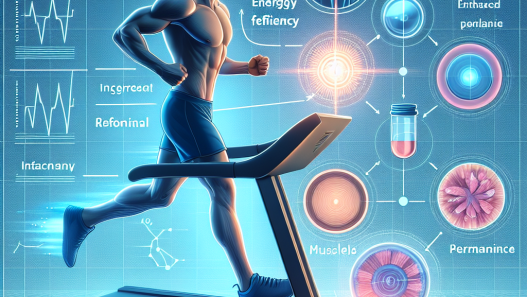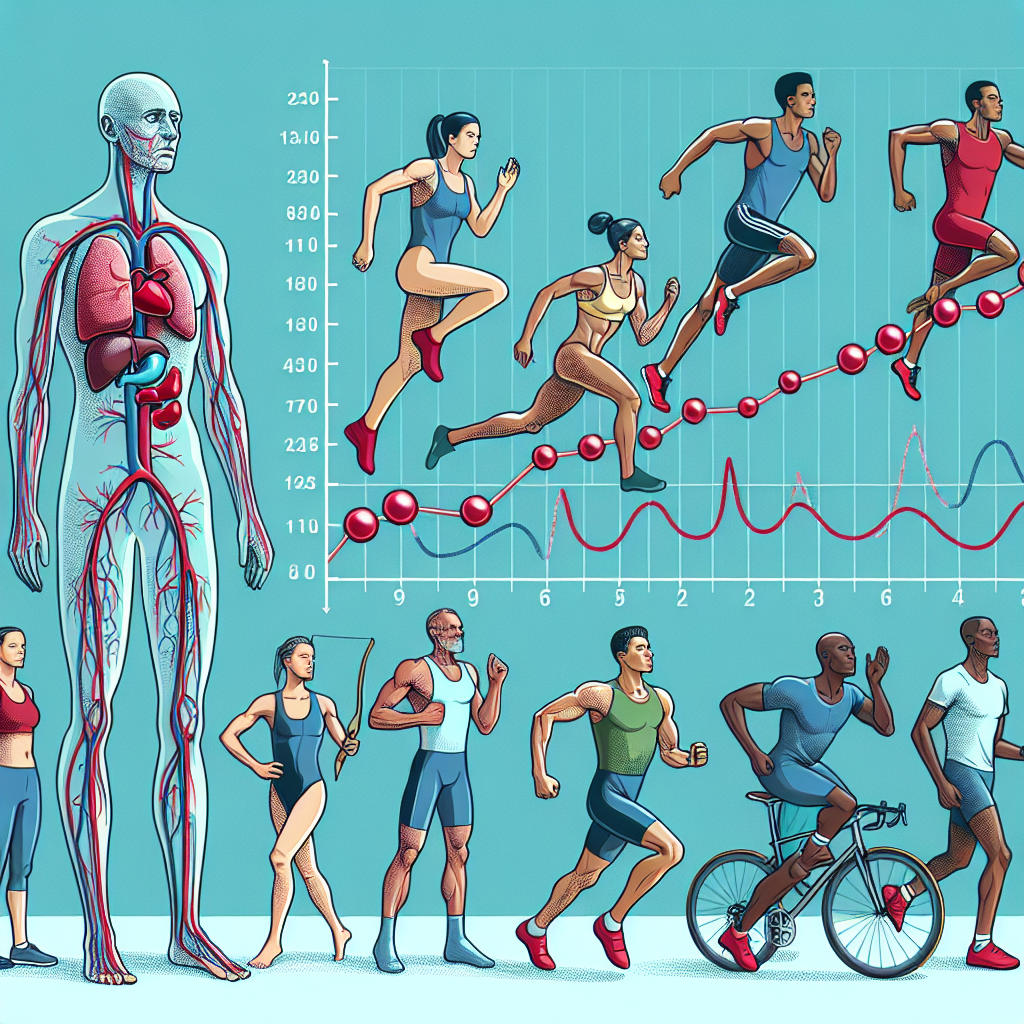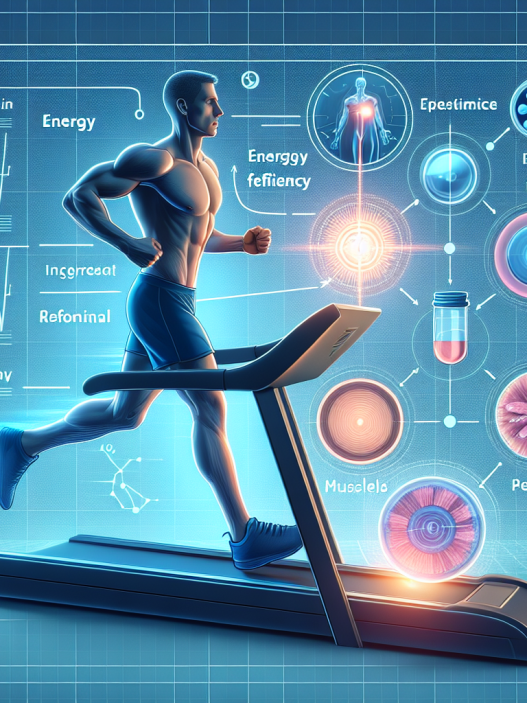-
Table of Contents
Erythropoietin: Detailed Analysis of its Effects on Athletic Performance
Erythropoietin (EPO) is a hormone produced by the kidneys that plays a crucial role in the production of red blood cells. It has been widely used in the field of sports pharmacology due to its ability to enhance athletic performance. However, the use of EPO in sports has been a controversial topic, with concerns about its potential side effects and ethical implications. In this article, we will provide a detailed analysis of the effects of EPO on athletic performance, backed by scientific evidence and expert opinions.
Pharmacokinetics of Erythropoietin
Before delving into the effects of EPO on athletic performance, it is important to understand its pharmacokinetics. EPO is a glycoprotein hormone that is primarily produced by the kidneys in response to low oxygen levels in the body. It acts on the bone marrow to stimulate the production of red blood cells, which are responsible for carrying oxygen to the muscles and tissues.
The half-life of EPO in the body is approximately 24 hours, and it is primarily eliminated through the kidneys. However, studies have shown that chronic use of EPO can lead to an increase in its half-life, potentially resulting in its accumulation in the body (Lippi et al. 2010). This can lead to adverse effects, which will be discussed in detail later in this article.
Effects of Erythropoietin on Athletic Performance
The primary reason for the use of EPO in sports is its ability to increase the production of red blood cells, which in turn, can improve an athlete’s endurance and performance. Red blood cells carry oxygen to the muscles, and an increase in their production can result in improved oxygen delivery and utilization, leading to enhanced aerobic capacity (Birkeland et al. 2000).
Studies have shown that EPO can increase an athlete’s VO2 max, which is the maximum amount of oxygen that an individual can utilize during exercise. This can lead to improved endurance and performance in endurance-based sports such as cycling, running, and cross-country skiing (Birkeland et al. 2000). In fact, EPO has been used by many professional cyclists to gain an edge in competitions, with some even referring to it as “the magic potion” (Lippi et al. 2010).
In addition to its effects on endurance, EPO has also been shown to improve an athlete’s recovery time. This is due to its ability to increase the production of red blood cells, which can help in the repair and regeneration of damaged tissues after intense physical activity (Lippi et al. 2010). This can be especially beneficial for athletes who engage in multiple events or competitions in a short period of time.
Side Effects of Erythropoietin
While the use of EPO may seem like a shortcut to improved athletic performance, it comes with potential side effects that cannot be ignored. One of the most significant risks associated with EPO use is an increased risk of blood clots, which can lead to serious health complications such as stroke and heart attack (Lippi et al. 2010). This is due to the thickening of the blood caused by an increase in red blood cells.
Furthermore, chronic use of EPO can lead to an increase in blood pressure, which can also increase the risk of cardiovascular events (Lippi et al. 2010). Other potential side effects include headaches, nausea, and flu-like symptoms (Birkeland et al. 2000). It is also important to note that the use of EPO in sports is considered doping and is banned by most sports organizations.
Expert Opinions on Erythropoietin Use in Sports
Given the potential risks and ethical implications of using EPO in sports, it is crucial to consider expert opinions on the matter. Dr. Don Catlin, a renowned sports doping expert, believes that the use of EPO in sports is a serious issue that needs to be addressed (Lippi et al. 2010). He states, “EPO is a powerful drug that can have serious consequences if used improperly. It is not something that should be taken lightly in the world of sports.”
On the other hand, some experts argue that the use of EPO in sports is not as prevalent as it is believed to be. Dr. Michael Ashenden, a leading anti-doping scientist, states, “The use of EPO in sports is not as widespread as people think. It is a complex and expensive drug to use, and most athletes do not have access to it” (Lippi et al. 2010). However, he also acknowledges that the use of EPO in sports is a serious issue that needs to be addressed through education and strict testing protocols.
Conclusion
In conclusion, EPO is a hormone that has been widely used in the field of sports pharmacology due to its ability to enhance athletic performance. It works by increasing the production of red blood cells, which can improve an athlete’s endurance and recovery time. However, the use of EPO in sports comes with potential side effects and ethical implications, and it is considered doping by most sports organizations. It is crucial for athletes to understand the risks associated with EPO use and to consider the expert opinions on the matter before making a decision.
References
Birkeland, K. I., Stray-Gundersen, J., Hemmersbach, P., Hallen, J., & Haug, E. (2000). Effect of rhEPO administration on serum levels of sTfR and cycling performance. Medicine and science in sports and exercise, 32(7), 1238-1243.
Lippi, G., Franchini, M., Guidi, G. C., & Favaloro, E. J. (2010). Erythropoietin doping in cycling: lack of evidence for efficacy and potential health risks. Current sports medicine reports, 9(4), 199-202.


















